The workshop was attended by leaders of the Electricity Authority, the Department of Oil, Gas and Coal, the Department of Legislation, the Department of Innovation, Green Transformation and Industrial Promotion; representatives of the National Electricity System and Market Operation Company Limited (NSMO), along with schools, institutes and units under the Ministry of Industry and Trade . Also attending the workshop were representatives of Vietnam Electricity Group and a number of member units, along with many experts and scientists from research institutes, universities, professional centers, industry associations and related enterprises.
Problems that need to be resolved
Speaking at the opening of the workshop, Mr. Bui Quoc Hung - Deputy Director of the Electricity Department said that according to national development regulations, to ensure the need for socio -economic development growth of 8% or more in 2025 and over 10% in the period 2026-2030, it requires strong growth in electricity development, specifically in terms of electricity sources, we need about 150,000 - 190,000 MW of installed capacity by 2030, which is nearly double compared to the present .

Deputy Director of Electricity Department Bui Quoc Hung spoke at the workshop
“Currently, we have a total installed capacity of about 90,000 MW and by 2030 we can reach a maximum of 180,000 MW, in which the energy storage system in the 8th power plan also sets a target of reaching 10,000 - 16,300 MW by 2030,” Mr. Bui Quoc Hung emphasized.
According to the Electricity Authority, up to now, the energy storage system in Vietnam's power system in general, as well as systems installed with renewable energy sources, especially solar power, are still in the testing phase compared to the set planning target. Some items have been deployed: Vietnam Electricity Group is the unit assigned to member units to invest, by 2026-2027 it can put into operation about more than 1,000 MW.
Mr. Bui Quoc Hung said that the implementation process still has many problems and difficulties: from planning issues, selection of installation locations, applicable standards and regulations, to cost issues, participation mechanisms of the storage system in the operation of the electricity market, ensuring system inertia, etc. These are all new contents that need to be clarified so that there are no more problems when applying.
At the workshop, reports were presented on topics such as: planning, investment location, price orientation; orientations on standards and regulations; technology; safety - fire prevention and fighting for BESS...
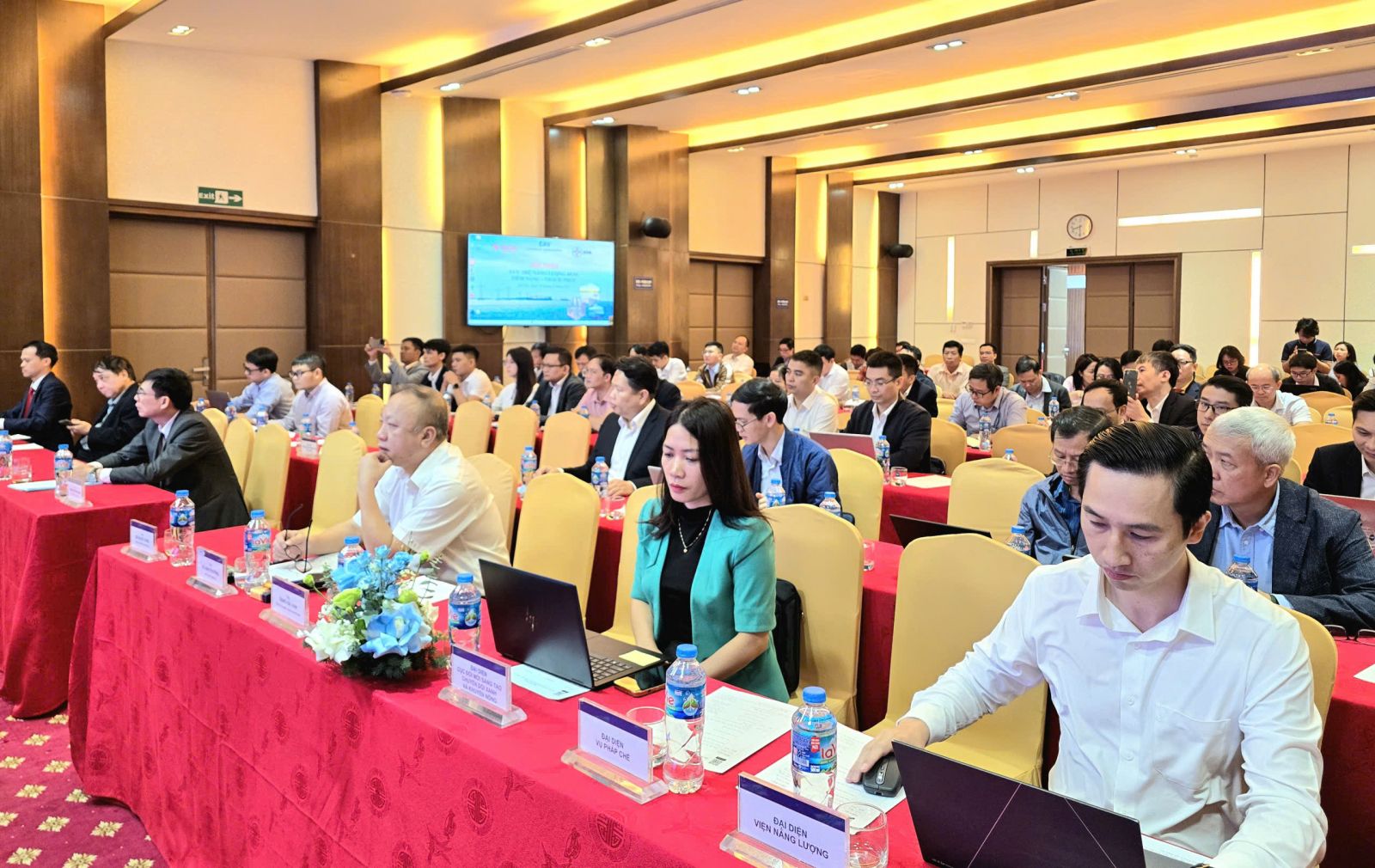
Delegates attending the workshop
“Through contributions from international experience, practices in Vietnam, scientific research projects of experts and delegates, the Electricity Department will fully absorb, synthesize, and report to the Ministry of Industry and Trade and the Government to build appropriate mechanisms and policies, remove difficulties, and create conditions for the energy storage system to be deployed smoothly in the coming time, meeting the demand for electricity supply and the development goals of the source - grid system according to the approved adjusted power plan VIII” - Mr. Hung emphasized.
It is known that in Decision No. 768/QD-TTg dated April 15, 2025 of the Prime Minister on Adjusting the National Power Development Plan (Adjusted Power Plan VIII), it is stated: To firmly ensure national energy security, meet the requirements of socio-economic development and industrialization and modernization of the country. At the same time, to strongly transition energy from fossil fuels to renewable energy and new energy to reduce emissions of polluting gases and greenhouse gases, meeting the target of net emissions of "0" by 2050.
To achieve the above goals, the adjusted Power Plan VIII has set the scale of power sources from renewable energy, especially solar power and wind power, accounting for a very high proportion of the total power source capacity.
Specifically, onshore and nearshore wind power 26,066 - 38,029 MW (accounting for 14.2 - 16.1%); offshore wind power 6,000 - 17,032 MW put into operation in the period 2030 - 2035, can be accelerated if conditions are favorable and prices are suitable; solar power (including concentrated solar power and rooftop solar power, excluding solar power sources according to Clause 5, Article 10 of Electricity Law No. 61/2024/QH15) 46,459 - 73,416 MW (accounting for 25.3 - 31.1%);
Mr. Nguyen Hoang Linh - Planning and Planning Department, Electricity Authority said that onshore wind power and solar power alone account for about 40-47% of the total installed capacity of the entire system for the period up to 2030, and the proportion of renewable energy sources will continue to increase in the period up to 2050.
“This poses a significant challenge in ensuring stable and safe operation of the power system while achieving international commitments on climate and sustainable development,” said Mr. Linh.
Perfecting policies to promote BESS development
According to the Electricity Authority, to address these challenges, in the context that base power sources such as hydropower have been almost fully exploited, coal-fired thermal power sources will not develop further but will only continue to implement previously planned projects, energy storage solutions such as pumped storage hydropower and energy storage batteries are necessary and the scale of development has been determined in the national power development plan.
According to experts, the BESS system helps increase the stability of the power system, helping with frequency regulation, voltage regulation, black start; optimize operations and reduce system costs by allowing peak load shedding, balancing supply and demand, storing excess electricity, providing backup for grid failures as well as increasing the ability to absorb renewable energy by storing electricity from variable renewable energy sources such as solar and wind for use when needed.
In addition to the advantages, the current cost of BESS systems using the popular Lithium-ion technology is still relatively high, but the price trend is decreasing in the near future. Therefore, to install BESS, according to experts, it is necessary to carefully calculate and analyze the necessity, location and scale of installation, taking into account the development potential of other storage technologies and the price reduction trend of BESS technologies to ensure efficiency and avoid waste.
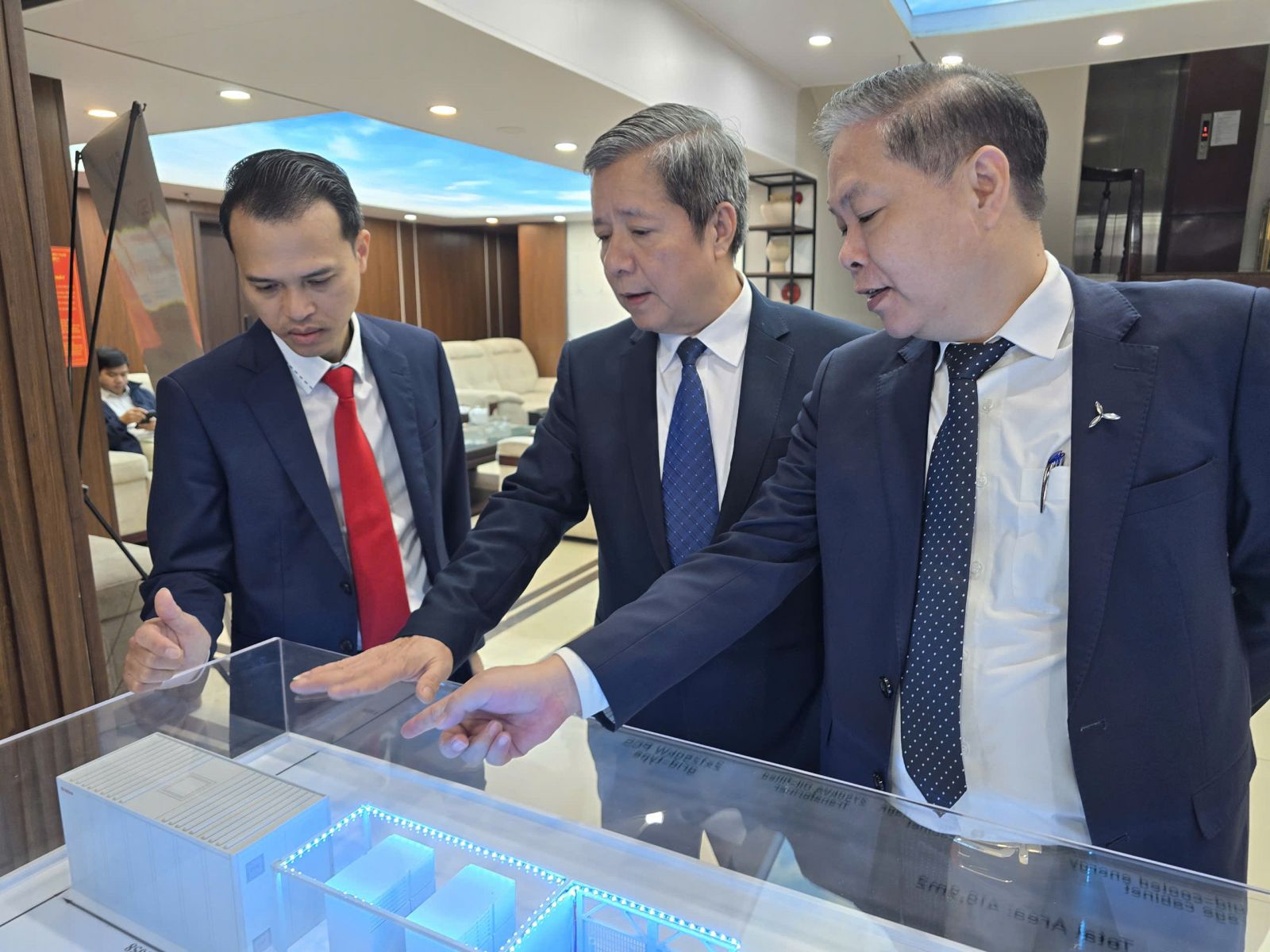
Leaders of the Electricity Department visited the BESS model displayed at the workshop
In addition, BESS is a relatively complex system and has the potential risk of fire and explosion, especially with Lithium technology, the energy and life of the system will be lost/shortened due to the charging and discharging cycle process.
According to Mr. Nguyen Hoang Linh, the Electricity Authority has completed the draft Circular regulating the method of establishing the electricity generation price framework and the method of determining the electricity generation price of the BESS system and is expected to submit it to the Minister of Industry and Trade for promulgation in November 2025.
Regarding the policy to support the installation of BESS with self-produced and self-consumed rooftop solar power of households (hereinafter referred to as the rooftop solar system with BESS): The Electricity Department has completed the draft after the Ministry of Justice has appraised it, and is expected to submit it to the Prime Minister in November 2025.
The draft policy proposes to support loans from the Vietnam Bank for Social Policies and support installation costs for rooftop solar power systems integrated with BESS. At the same time, the Ministry of Industry and Trade has submitted to the Government a draft Resolution of the National Assembly on mechanisms and policies to remove difficulties for energy development in the 2026-2030 period, including solutions to promote the deployment of BESS systems.
The Ministry of Industry and Trade is directing NSMO to coordinate with EVN and relevant agencies and units to make specific calculations so that after the Resolution is approved by competent authorities, there will be instructions for agencies, units and localities to implement projects to install BESS systems according to planning, in compliance with legal regulations.
Source: https://moit.gov.vn/tin-tuc/phat-trien-nang-luong/luu-tru-nang-luong-bess-tiem-nang-va-thach-thuc.html



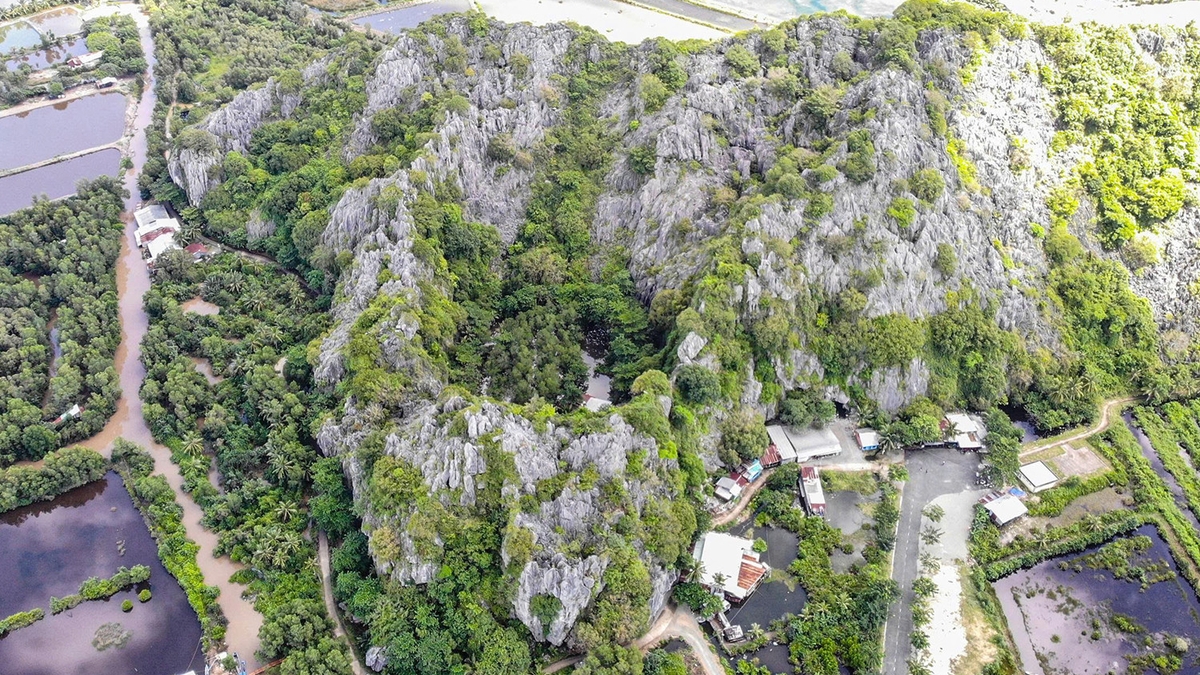
![[Photo] Unique architecture of the deepest metro station in France](https://vphoto.vietnam.vn/thumb/1200x675/vietnam/resource/IMAGE/2025/11/14/1763107592365_ga-sau-nhat-nuoc-phap-duy-1-6403-jpg.webp)





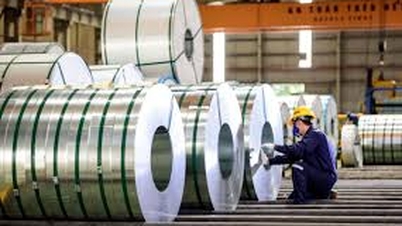



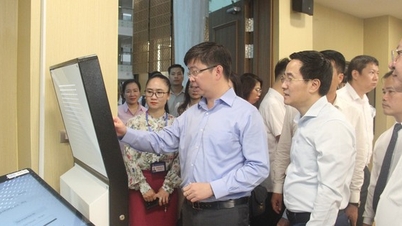








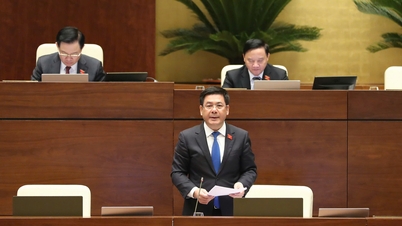


![[Photo] Special class in Tra Linh](https://vphoto.vietnam.vn/thumb/1200x675/vietnam/resource/IMAGE/2025/11/14/1763078485441_ndo_br_lop-hoc-7-jpg.webp)
![[Photo] Unique art of painting Tuong masks](https://vphoto.vietnam.vn/thumb/1200x675/vietnam/resource/IMAGE/2025/11/14/1763094089301_ndo_br_1-jpg.webp)











































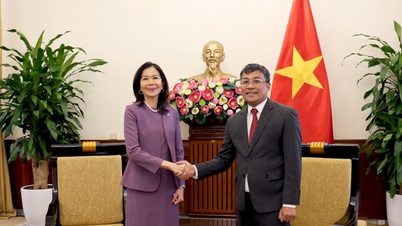
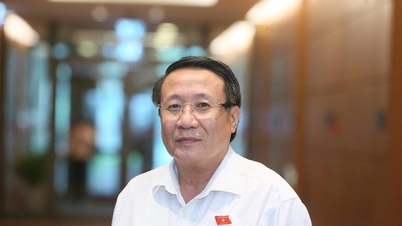

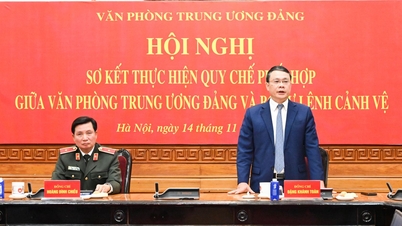
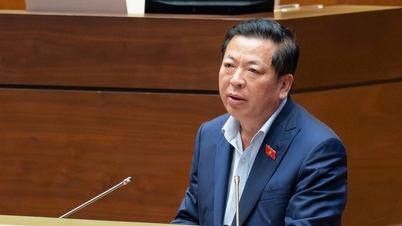





















Comment (0)